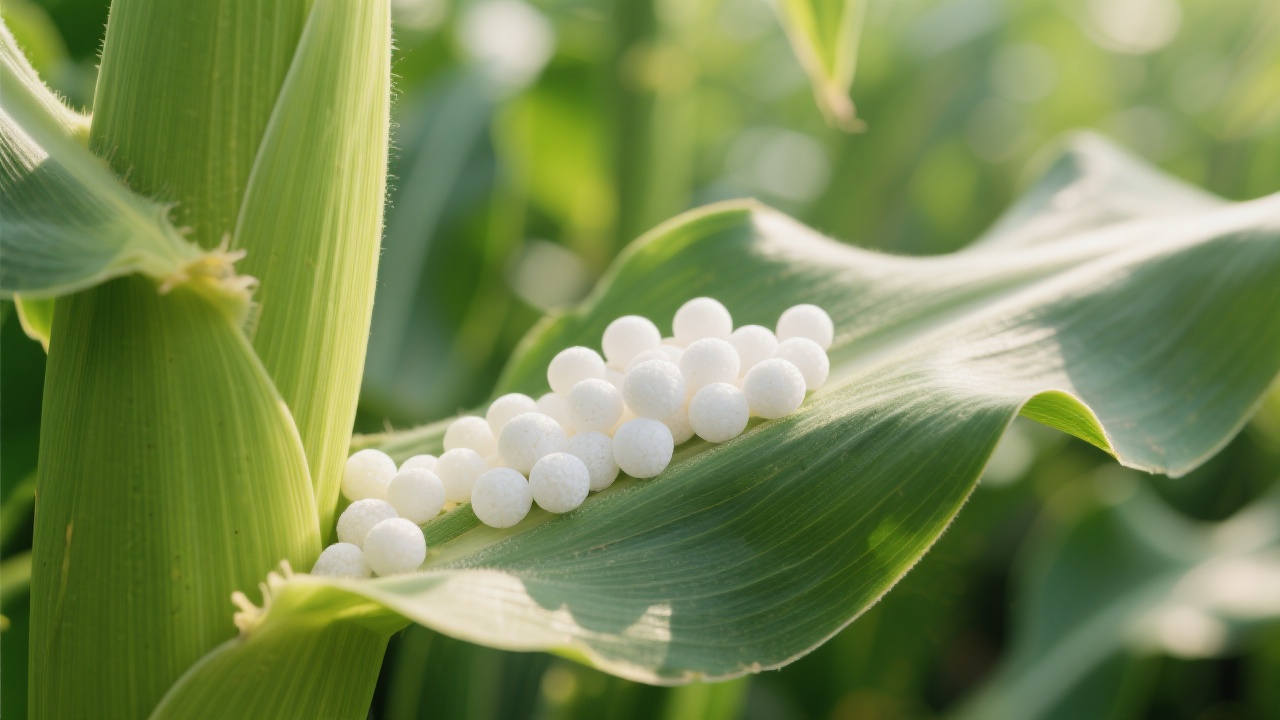
In modern farming, efficiency and sustainability go hand in hand — and phosphate monammonium (MAP), with its high purity and rapid nutrient uptake, is emerging as a preferred choice for growers worldwide. Unlike traditional fertilizers that may leave residual salts or fail to dissolve evenly in acidic soils, MAP delivers phosphorus (P) and nitrogen (N) in a form plants absorb quickly — making it especially effective in low-pH conditions where many crops struggle.
Did you know? Studies by the International Plant Nutrition Institute show that MAP increases root development by up to 35% compared to standard superphosphate in acidic soils — directly improving water retention and disease resistance.
The science behind MAP lies in its chemical composition: NH₄H₂PO₄ — offering 11–12% nitrogen (N) and 52–54% phosphorus pentoxide (P₂O₅). This balanced ratio supports early root growth, enhances flowering, and boosts grain filling — critical stages for yield optimization.
| Application Stage | Key Benefit | Expected Yield Increase |
|---|---|---|
| Seedbed Application | Stimulates early root formation | +15–25% |
| Pre-Planting in Acidic Soils | Improves nutrient availability | +20–30% |
| Post-Emergence Top-Dressing | Enhances flower and fruit set | +10–18% |
Real-world results from farms in Brazil, India, and Kenya confirm this — particularly in regions with pH levels below 5.5, where conventional fertilizers often fail due to phosphorus fixation. With MAP, farmers report not only higher yields but also improved crop resilience against drought and pathogens like Fusarium and Pythium.
To maximize effectiveness:
When used correctly, MAP doesn’t just boost productivity — it builds long-term soil health. Its low salt index minimizes leaching risks, while consistent performance across seasons makes it ideal for precision agriculture systems.

As global food demand rises, so does the need for smarter solutions. Phosphate monammonium stands out as a scientifically validated, environmentally responsible option — trusted by agronomists, cooperatives, and large-scale producers alike.
Choose phosphate monammonium — your reliable partner in efficient, green farming.
Download Our Free MAP Usage Guide & Case Studies